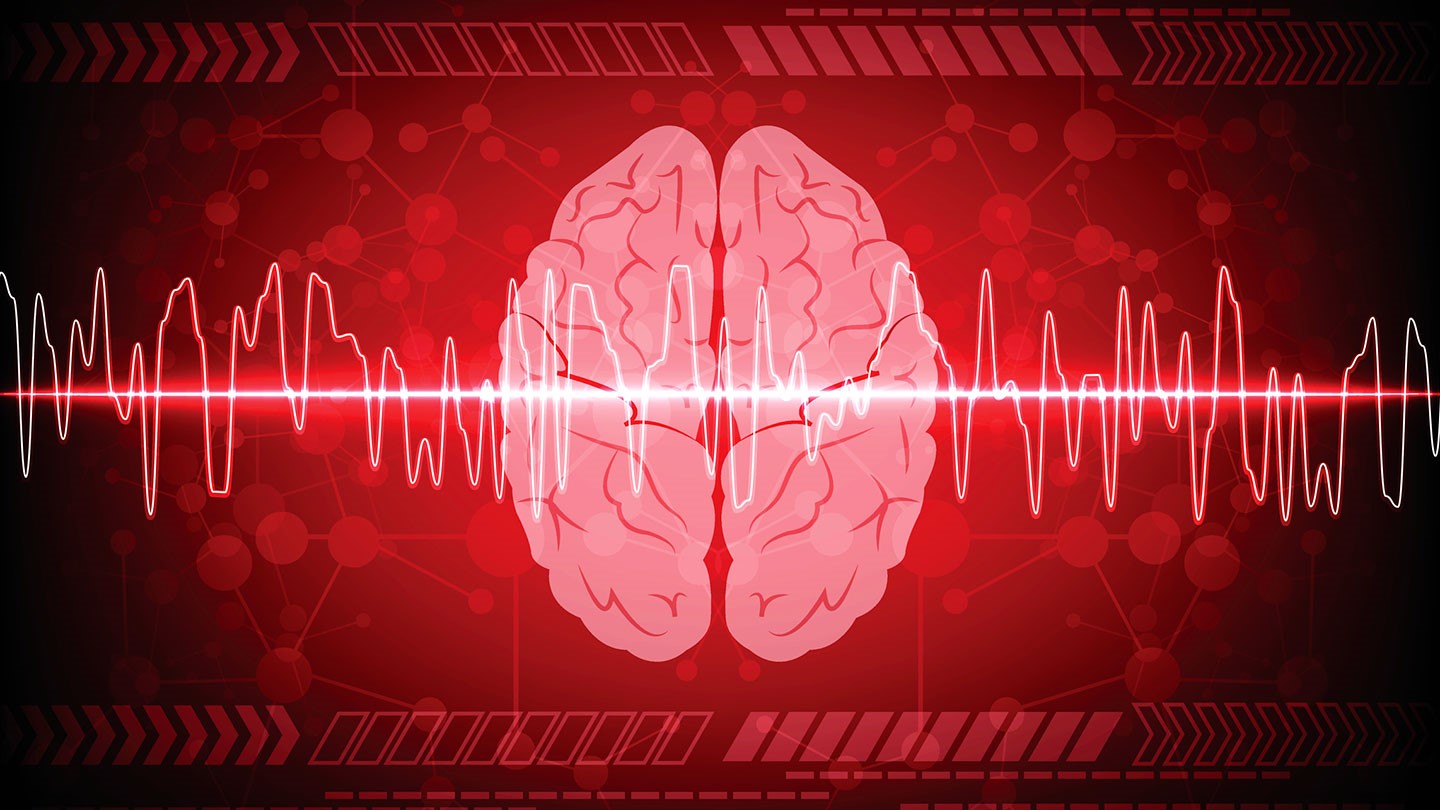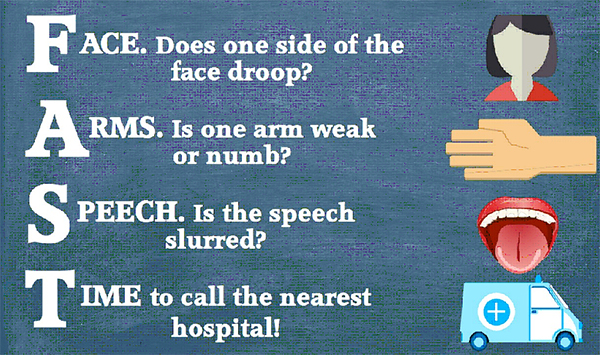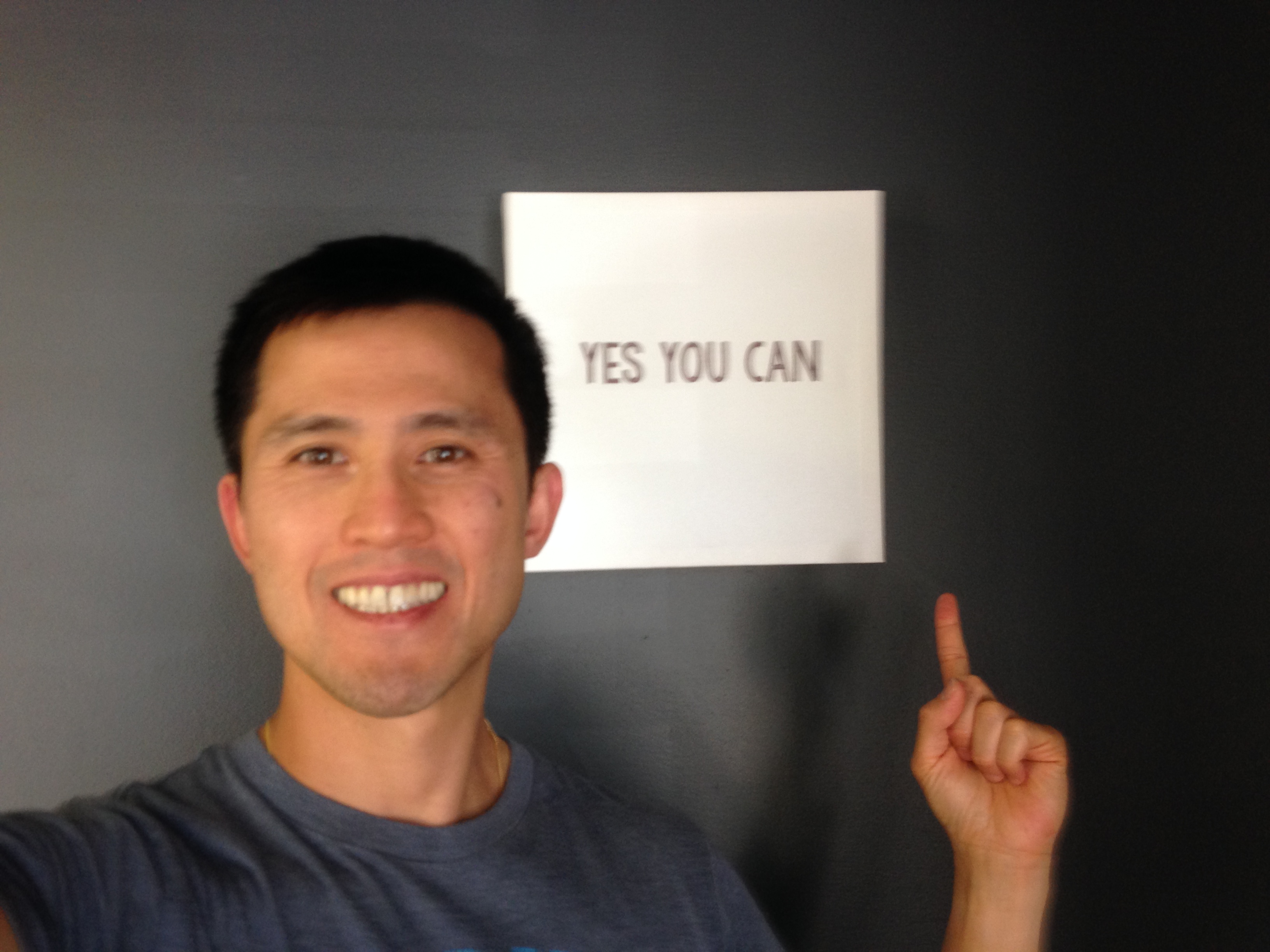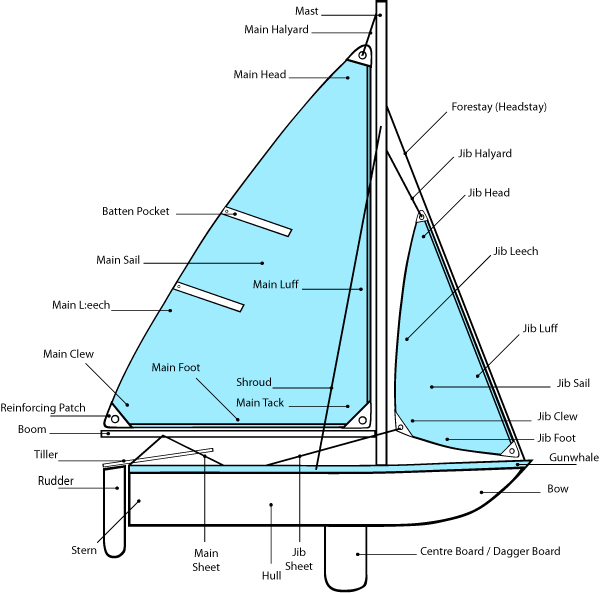 Movement is movement. There are no differences when the body is having trouble moving, whether it is due to pain or a major stroke. Okay, I understand I am making a big exaggeration. When you understand how to help people move and have done it successfully for many, I would like to share how your tension or pain is no different than how a stroke patient moves.
Movement is movement. There are no differences when the body is having trouble moving, whether it is due to pain or a major stroke. Okay, I understand I am making a big exaggeration. When you understand how to help people move and have done it successfully for many, I would like to share how your tension or pain is no different than how a stroke patient moves.
Why is this important? Most people can see and agree that there are inefficiencies that a stroke patient has to deal with when walking, pushing, and pulling. When people are in pain, it is easier to ignore thus neglecting the true underlying need of why most are in pain. Coordination and movement strategies. There are many concepts that come into play and I don’t think many would want a 20 part series article =) so I will write about how movement strategies causes people to be in pain in part 1 and lack of coordination in part 2.
Let’s get started.
Physical Therapists are known for their work in orthopedic and stroke rehab. As someone who can add pediatrics and sports movement to the mix, I realized one thing. I should have paid in class more, especially the subject that didn’t peak my interest. I wish our first-year instructors emphasized that everything is connected since we have one brain, from pediatrics to geriatrics.
Everyone grew up the same way. We all came from our mother’s womb to come out as a baby with no movement options. We saw something that peaks our interests or it helped us survived so we learned to move in a specific sequence. Roll. Crawl, Stand. Cruise. Walk. This is how we developed our movement strategy. We spent countless hours and repetition unintentionally or intentionally, depending on how you look at it, building the group of muscles called the segmental stabilizers. I like to call them the FINESSE group since everyone understands the context of this word.
The finesse group primarily helps us move like Kobe Bryant, where it looks effortless. The group works on endurance, slow movement, and coordination. If we use a sailboat as a metaphor, I can make this point more clear.
Ok, I’m not a sailboat expert by any means, so hopefully, I can convey the appropriate metaphor and physics behind sailing to make my point. The segmental stabilizers are like the ropes of the sailboat. Your brain is the people controlling the rope. The other group I have not talked about is the sail itself. The pull of the rope guides the boat on how to move, adding subtle movements to the big movements, which is dictated by the surrounding influence of the wind and the waves.
To bring better context to this metaphor, let us imagine that there are 10 sailors controlling the rope (our brain and the network branches of the brain). The more the sailors work together, then the boat will move smoothly like Kobe Bryant on the court.
If one sailor is out because of the flu, then someone has to pick up its slack. Pain research has shown that pain shuts down a muscle and the ones that rehab successfully are the ones that can wake those muscles up. It is always the finesse muscles that gets shut down. Our body is very good at adapting that you do not feel (yet alone realize) the lost of walking with one man down. This is typical experience of having any type of pain such as low back pain.
Having a stroke is similar to having many men down. The brain is not working due to a bleed or a clot in the brain. The only option when moving is to rely on the remaining sailors to pull all the ropes or the elements, wind and waves, will take over the boat. The sail boat will be dominated by the big clunky patterns led by the elements. This second group is called the global, or what I like to call POWER group.
Power strategy is the opposite of finesse. It is produced by force. Force is not good without a solid foundation. This will sacrifice your joints in the end because there is no leverage and efficiency to move.
People who have suffered a stroke have no option but to move with more rigidity. The interesting FACT, not my opinion, is that everyone has the same finesse strategy. Everyone has the same power strategy. Every baby has the same power strategy aka Cerebral Palsy-like movement. Every runner has the same power or finesse strategy to run. C’mon, you know when you see a runner with a funky run and when you see someone with good running form. You don’t know what about it, but you know it when you see it.
An interesting side note is that our brain learns by watching and knows what it should be doing when it sees it. Did you know that we can feel pain when we see someone doing something painful? For some people, their brain cannot understand the difference, and they actually feel the others pain as their own! Isn’t that amazing!
Where am I going with this information?
How do you know how many men down does your body have to know what is the best course of action? The answer relies upon your belief which is the second part of this series. I will talk about how our beliefs can make 10 strong sailors a disadvantage over 5 well-trained sailors.
Our body is marvelous and when you understand the complexity, you can either beat it down until it cannot take it anymore. I hope that is not you. Or you can help it be Mr Marvel or Mrs Marvelous.
Here are examples of the similarity of being in pain and having a stroke is the same. The examples will focus on POWER strategies, what you may be doing.
Walking requires two main phase: swing your leg and standing on your leg.
Swing phase: Power findings include more hip flexors (the dreaded hip flexors that causes back pain) and side flank to pick up your leg. The hip flexors directly connect to your disc and spine joints. The side flank muscle, called the Quadratus Lumborum, connects to your ribs and pelvis so it compressed your back so you cannot stand tall. This is why a person with a stroke has one side that looks compressed.
![IMG_6313[1]](https://revitalizerehab.files.wordpress.com/2017/11/img_63131.jpg)
![IMG_6317[1]](https://revitalizerehab.files.wordpress.com/2017/11/img_63171.jpg)
Stance phase: Power findings include an imbalance of hip rotation. This will sacrifice good load or absorption of stress so you cannot have that spring in your step. This compensation will force you to use your other leg more so it is a matter of time before that other leg gets pissed off for not having a day off.
![IMG_6343[1]](https://revitalizerehab.files.wordpress.com/2017/11/img_63431.jpg)
![IMG_6334[1]](https://revitalizerehab.files.wordpress.com/2017/11/img_63341.jpg)
![IMG_6339[1]](https://revitalizerehab.files.wordpress.com/2017/11/img_63391.jpg)
Reaching: Power findings show that you will use your shrugging muscle and biceps to reach. Where do you see people focusing on shrugging exercises and biceps curls? AT the GYM and power athletes! Yes, it is purely for power. If you have an imbalance of power versus finesse, your neck joint and shoulder joint will be sacrificed.
What can you do?
Focus on your finesse muscles. Focus on coordination, endurance (not running), and balance exercises. When I say endurance, I am talking about doing basic boring exercises that many ignore, and doing this daily so your body stays grounded in the foundation.
Another option is to reach out for help, so an expert can guide you through the ocean’s terrains. We understand how to help you stay active, since we understand how to help people move, regardless of age, genetics, or diagnosis. Click on the BLUE button below to reach out to me.
FYI since getting care 24 hours after having a sign of a stroke is the key to success.

Be on the lookout for part 2!
One LOVE,
Danh Ngo
Spine and Sports Injury Expert
ReVITALize Rehab Club



